American paleontologists have found fossils from two until now unknown gliding mammals. And these are very ancient mammals, that lived about 180 million years ago.
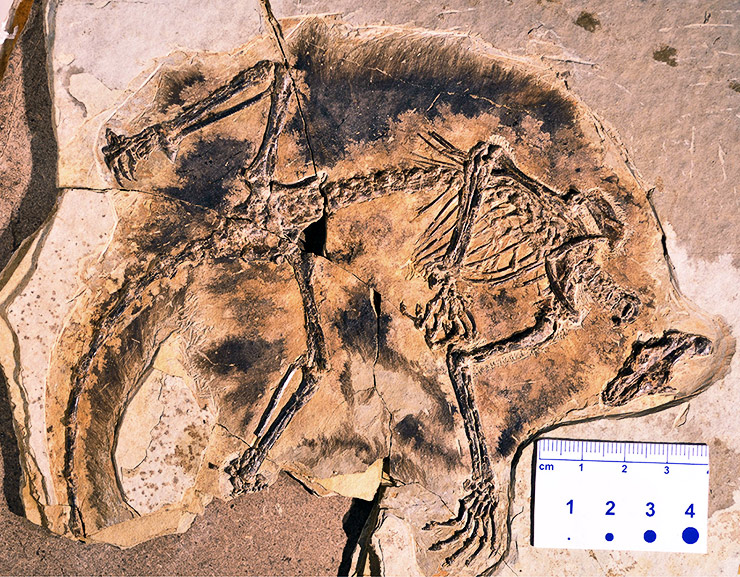
Two 160 million-year-old mammal fossils have been discovered in China. They appear to be the forerunners of mammals in the Jurassic Period that evolved to glide and live in trees.
The Jurassic species, Maiopatagium furculiferum and Vilevolodon diplomylos, are stem mammaliaforms, long-extinct relatives of living mammals.
According to researchers, the animals have an unexpected combination of physical properties that make them extra interesting, and previously unknown to such early mammal species.
The two animals are gliding animals (volant animals), herbivorous mammals, which, according to researchers, lived 100 million years earlier than the oldest gliding mammal known.
Their appearance looks similar to flying squirrels and is similar in built to modern day flying squirrels, but some of the skeletal parts resemble a bird, while other characteristics resemble that of a duckbilled platypus or a marsupial.
The fossils are described in two papers published this month in the journal Nature by Professor Zhe-Xi Luo of the University of Chicago and co-authors.
Reference:
Zhe-Xi Luo et al., New gliding mammaliaforms from the Jurassic. 2017. Nature. Doi: 10.1038 / nature23476
Zhe-Xi Luo et al., New evidence for mammalian form ear evolution and feeding adaptation in a jurasic ecosystem. 2017. Nature. Doi: 10.1038 / nature23483

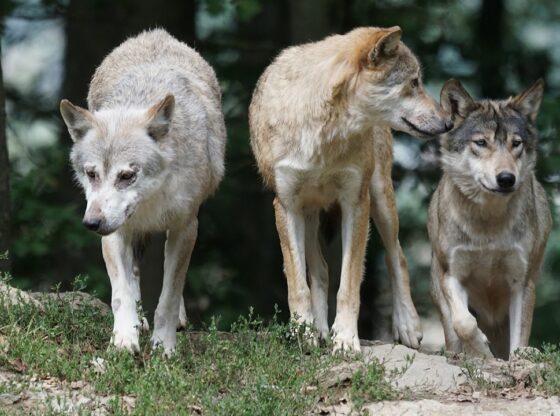
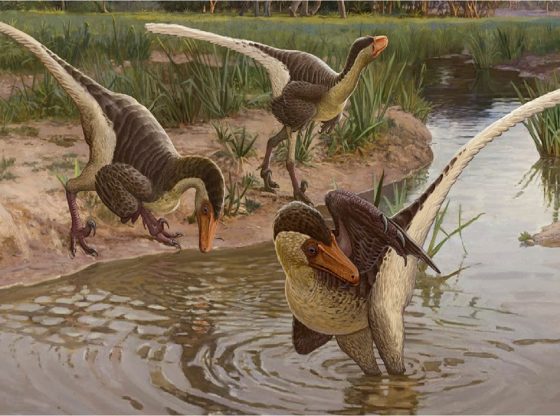


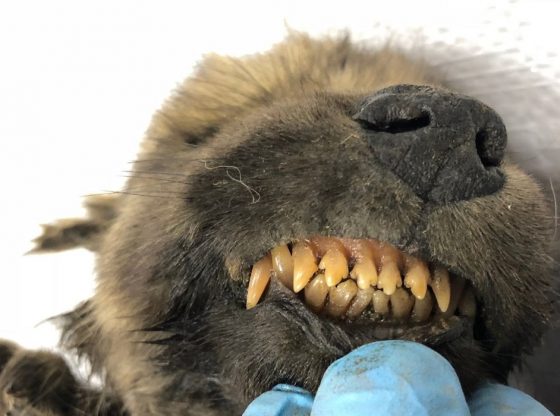
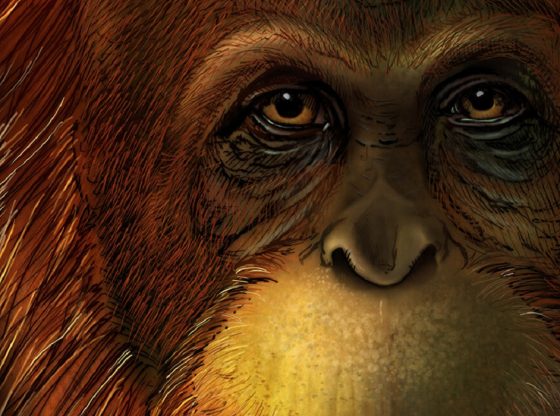
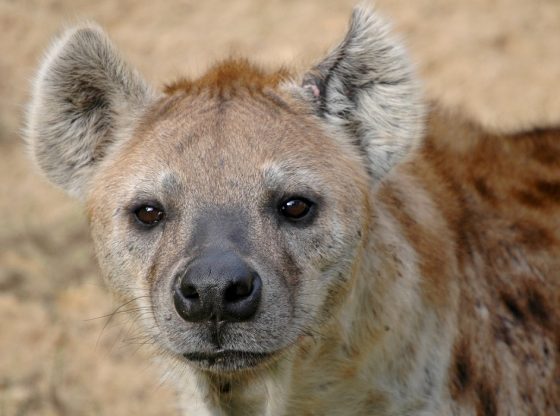
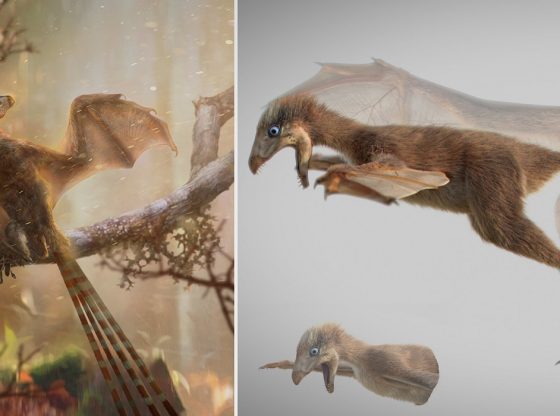
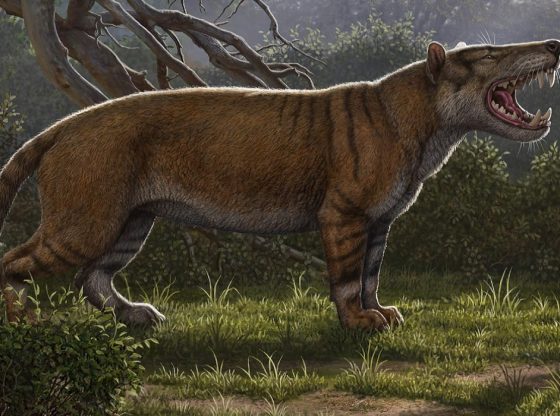
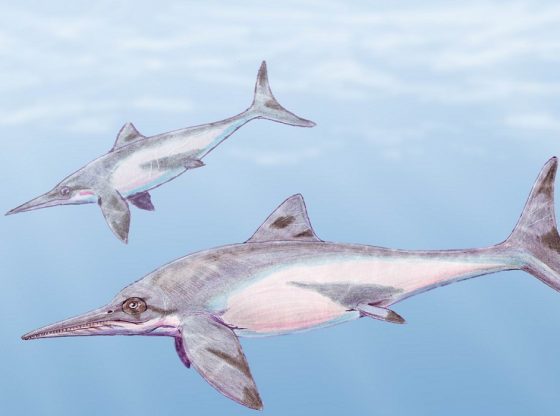
![OpenAI. (2025). ChatGPT [Large language model]. https://chatgpt.com](https://www.illustratedcuriosity.com/files/media/55136/b1b0b614-5b72-486c-901d-ff244549d67a-350x260.webp)
![OpenAI. (2025). ChatGPT [Large language model]. https://chatgpt.com](https://www.illustratedcuriosity.com/files/media/55124/79bc18fa-f616-4951-856f-cc724ad5d497-350x260.webp)
![OpenAI. (2025). ChatGPT [Large language model]. https://chatgpt.com](https://www.illustratedcuriosity.com/files/media/55099/2638a982-b4de-4913-8a1c-1479df352bf3-350x260.webp)








